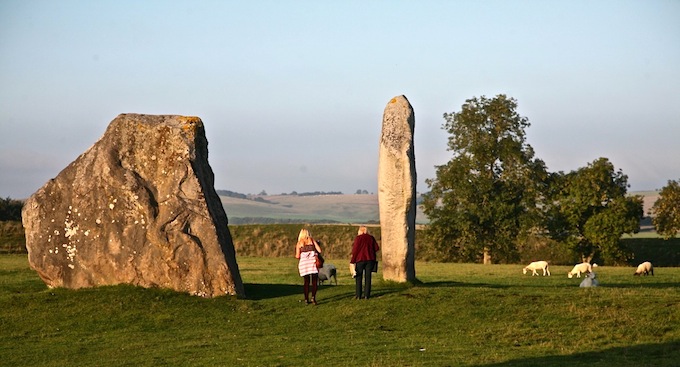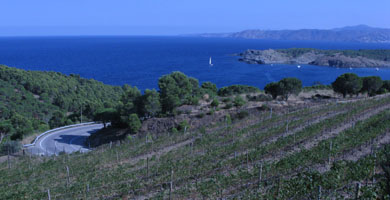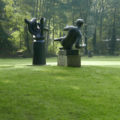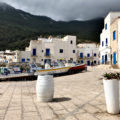Turin: Italy's Overlooked Treasure
Turin is the Cinderella of Italy, outshone by Venice, Florence, and Rome as a tourist destination and overshadowed by Milan as a place to do business. That makes it all the more rewarding for the discerning traveler who prefers a lively mix of surprises, old and new, rather than an overcrowded museum. Le Corbusier praised its location, sandwiched between the Alps and the Po River, as the most beautiful of any city in Europe. It’s sometimes called the Detroit of Italy for the assembly plants of Fiat, Lancia, and Alfa-Romeo, but it has made a much more graceful transition than America’s auto city to the post-industrial age. Evidence of this transformation include the city’s hosting of the 2006 Winter Olympics, and the Lingotto, formerly Fiat’s vast factory, now a complex of hotels, shops, offices, and the Agnelli family art gallery, which rises above the rooftop testing track.

Museo Casa Mollino
To capture the unique flavor of Turin, you might arrive at nightfall, drop your bags, and dress up for a performance of opera or dance at the Teatro Reggio. The arcaded piazza evokes a backlit stage set and the theater is an object of beauty in itself. Two decades after the 18th-century original was destroyed in a fire, architect Carlo Mollino was invited to rebuild this civic showcase and his ground plan evokes a woman’s body. The interior is just as sensual. A half dome folded like a fan with recessed boxes set into each fold arches over the auditorium with its red plush seats. Dangling plexi rods ablaze with light substitute for a chandelier.
To understand what a true original Mollino was, you should make an advance reservation to see the apartment that the architect created for himself in the 1960s–not as a place to live, but as a work of art that would express his varied passions. The Museo Casa Mollino is preserved by family members who offer intimate tours by advance reservation. Eclectically furnished rooms look out to the river, but the view is a distraction from the Surrealist ambience of the interior.
Turin was founded by the Romans and their street grid survives in the historic core. Stately baroque squares are strung along axial streets and you can see all the major sights in a day, with time out for a leisurely lunch. Must-sees include the dome of San Lorenzo, a dazzling exercise of artistic engineering, and the double staircase of the Palazzo Madama. The cobbled Piazza San Carlo is the grandest of Turin’s squares and its porticoes will keep you dry in winter and draw you into traditional shops and cafes. Be sure to visit Guido Gobino’s Chocolateria Artigiana whose specialties include Giandujottino Tourinot, an exclusive that’s as richly complex as its name, as well as pralines flavored with mint, saffron, and cinnamon.
Century-old glass-roofed shopping arcades far outshine contemporary shopping malls, but the most spectacular survivor from that era is the Mole Antonelliana, a landmark tower with a tapering spire, built as a synagogue and now enjoying its new role as a museum of movie history. A ramp carries you past imaginatively installed displays of memorabilia, equipment, and viewing areas, and an elevator ascends to a gallery from where you can survey the entire city. (Via Montebello 20). Sotto la Mole, located across the street, is a good choice for dinner. It serves the gutsy food of the Piedmont region and a fine selection of its Barolos and other notable wines. Just what you need on a cool evening. Other good choices include the Ristorante del Cambio, a classic restaurant that has refined the traditions of Piedmontese cuisine (Piazza Carignano 2) and La Badessa, a restaurant with a brick-vaulted ceiling and hearty dishes from northern Italian monasteries (Piazza Carlo Emanuele II 17).
Further afield are two major draws for art lovers. Patrizia Sandretto Re Rebaudengo established the foundation that bears her name in 1995 and later commissioned minimalist architect Claudio Silvestrin to design cool, top-lit galleries on the site of a former factory. There’s a lively program of temporary exhibitions. (Via Modane 16). A half-hour drive away is the Castello di Rivoli, which has won acclaim as the best museum of contemporary art in Italy. This half-completed palace hosts important exhibitions and displays its own remarkable collection in frescoed rooms. Alongside, the Comal.Zero restaurant (reservations: +39 011 956 5225) is equally avant garde: Davide Scabin’s 16-course menus are almost as daring as those of Ferran Bulli in Catalonia. (Piazza Mafalda di Savoia, Rivoli).
As a last stop, you should be sure to visit Eataly, a vast organic food emporium in a former factory facing the north end of Lingotto and the two Meridien hotels. Here food becomes art—in rooms devoted to cheeses and hams, a dazzling array of exotic pastas, and a cornucopia of the freshest local produce and charcuterie. You can sample these delights at seven specialized eating counters and a Michelin-starred restaurant.
The Turin take-away? The memory of this culinary paradise may linger as long as that of the architecture.
GUIDE
Recommended places to stay include:
Principi di Piemonte, a classic 1930 hotel with its original furnishings and Murano glass mosaics in the lobby. (Via Gobetti 15; +39 011 562 9693)
Town House 70, a sophisticated, centrally located boutique hotel with luxurious suites and excellent service. (Via XX Settembre 70; +39 011 1970 0003)
AB+Home. Exclusive suites applauded for their comfort and modern design. (Via della Basilica 13; +39 011 439 0618)
[simpleflickr set=”72157623529513801″ /]
Michael Webb
around the world.
Latest posts by Michael Webb
- DESTINATION: Revisiting the South of France - April 30, 2024
- Exploring the Czech Republic - January 29, 2024
- Rediscovering Morocco - April 6, 2022







